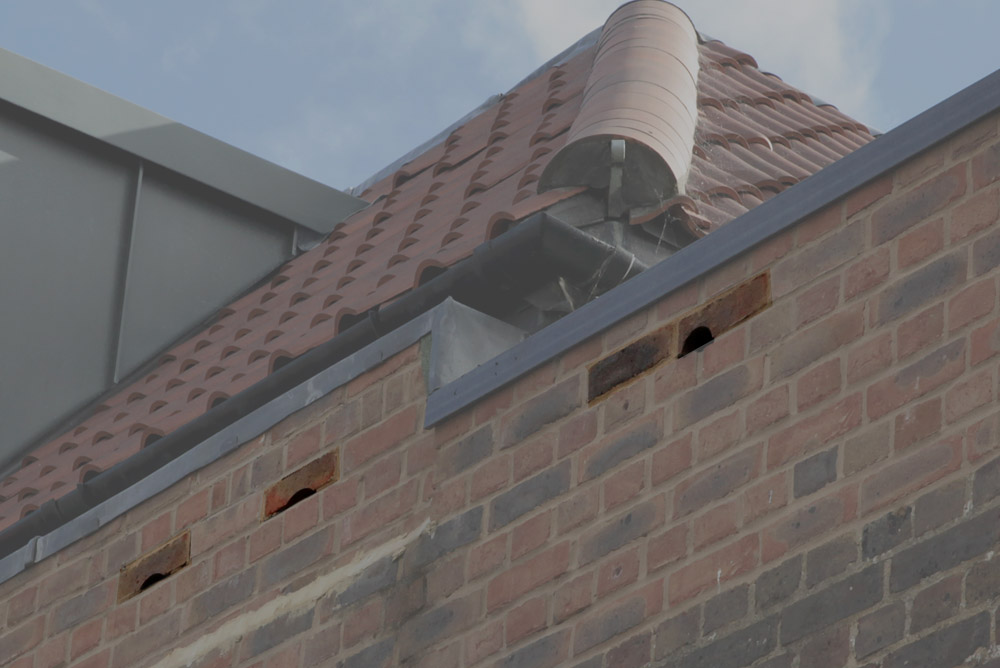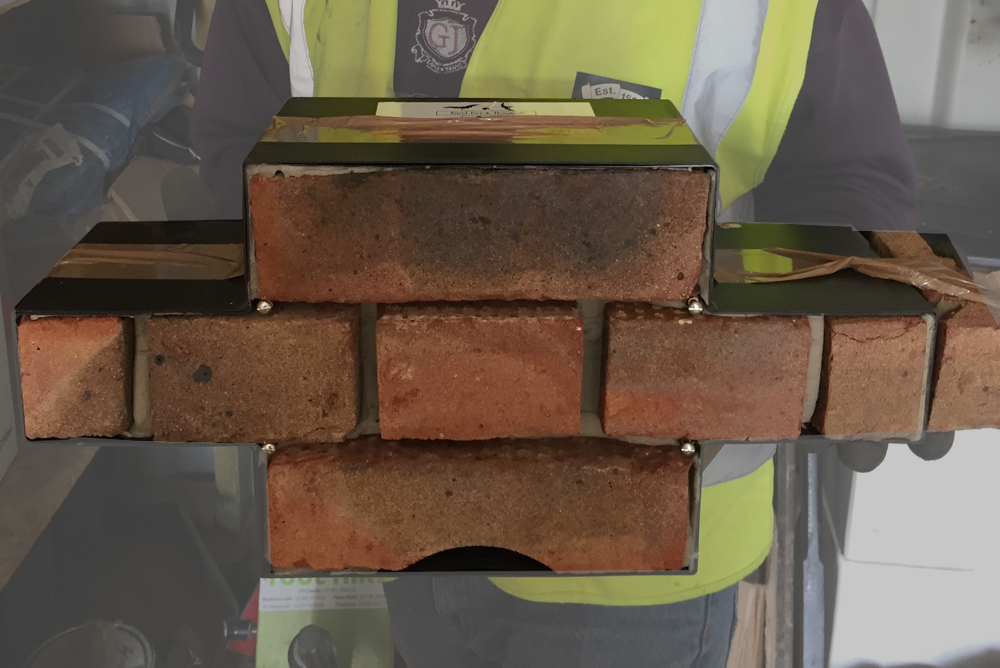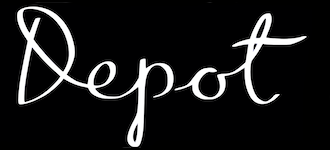
With Lewes being part of the South Downs National Park, we were very much encouraged to help fulfill the remit to bring nature into the town. We very much relished the opportunity to develop this. Depot’s garden has been created from a previously hard surfaced area which was the car park of the original GPO depot. Prior to that, the site was an orchard which is referenced in our mini orchard with the planting of six plum and cherry trees around which we have cultivated a wild flower area. Replacing concrete with lawn and flowerbeds has transformed the original hard surface to a pleasant green environment. Our south border is made up of a delicious edible hedge, made up of a selection of apricots, peaches, figs, ornamental quince, wild strawberries and rosemary.

We have a living roof with local Chalk and Downland plant species which provides excellent heat and sound insulation and prevents excessive water run-off. It also helps to soften the landscape for our neighbour’s view from their windows and it is a source of pollen and habitat for insects.
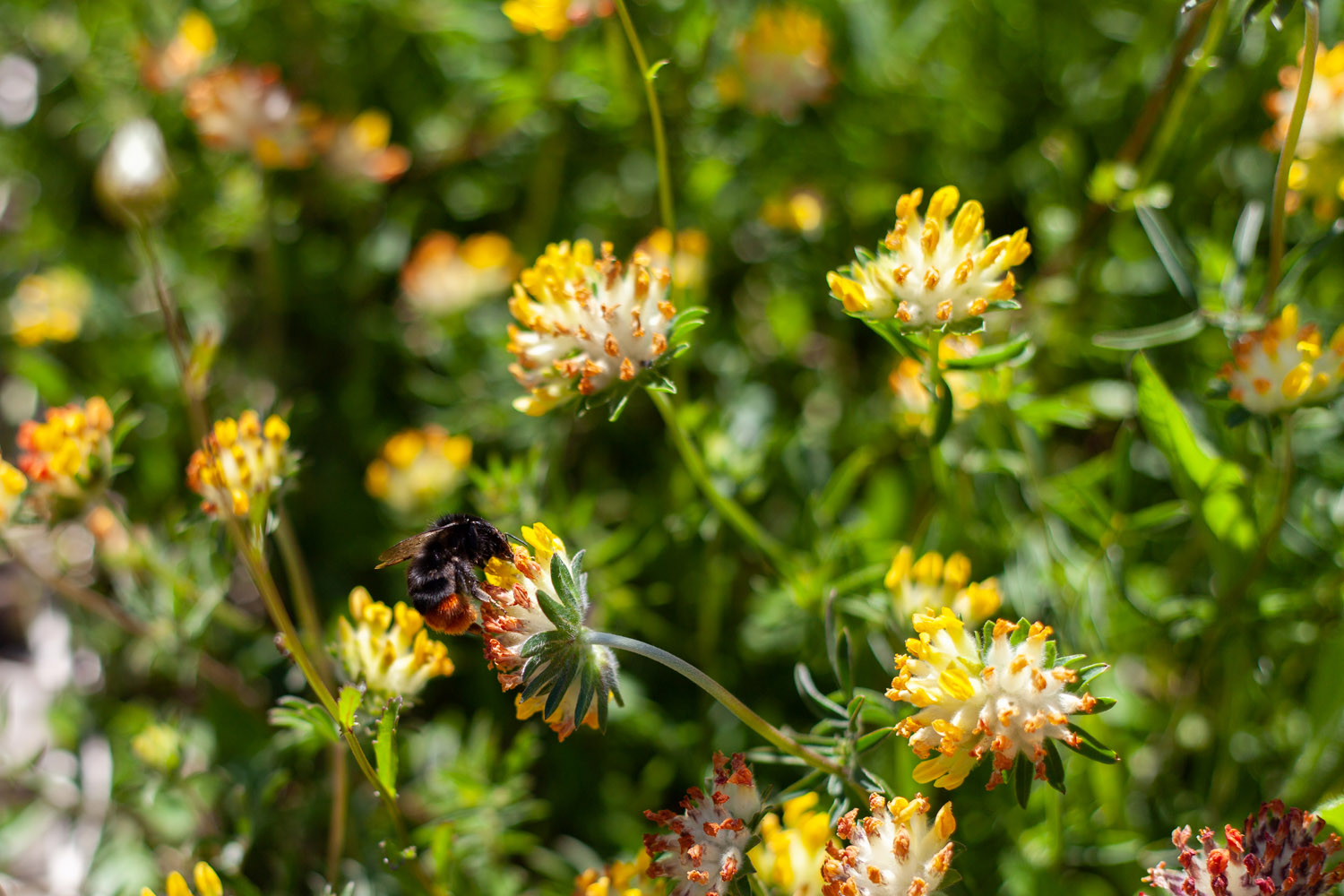
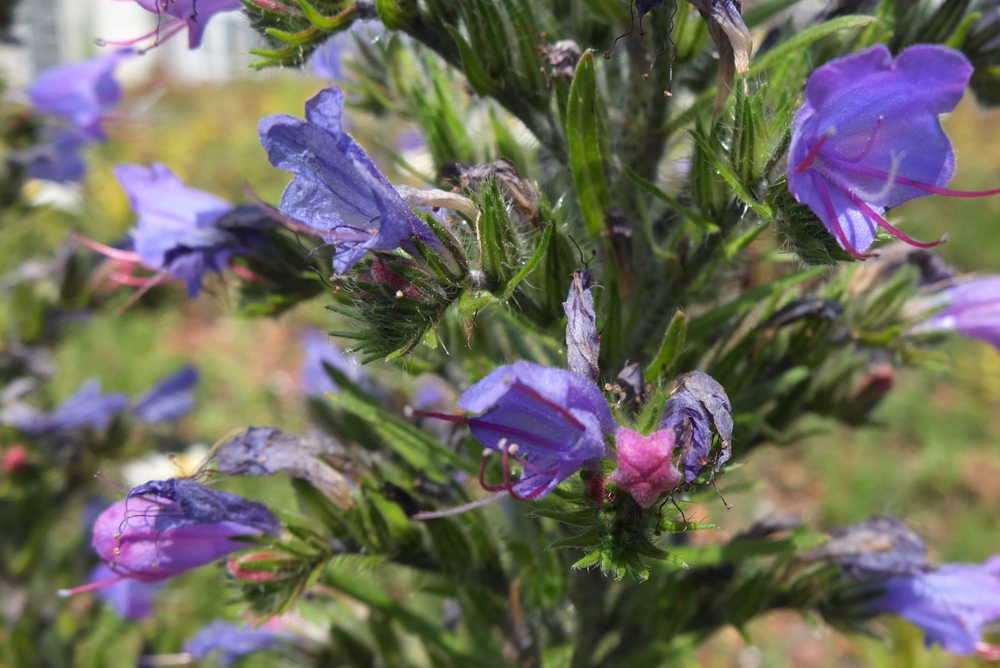
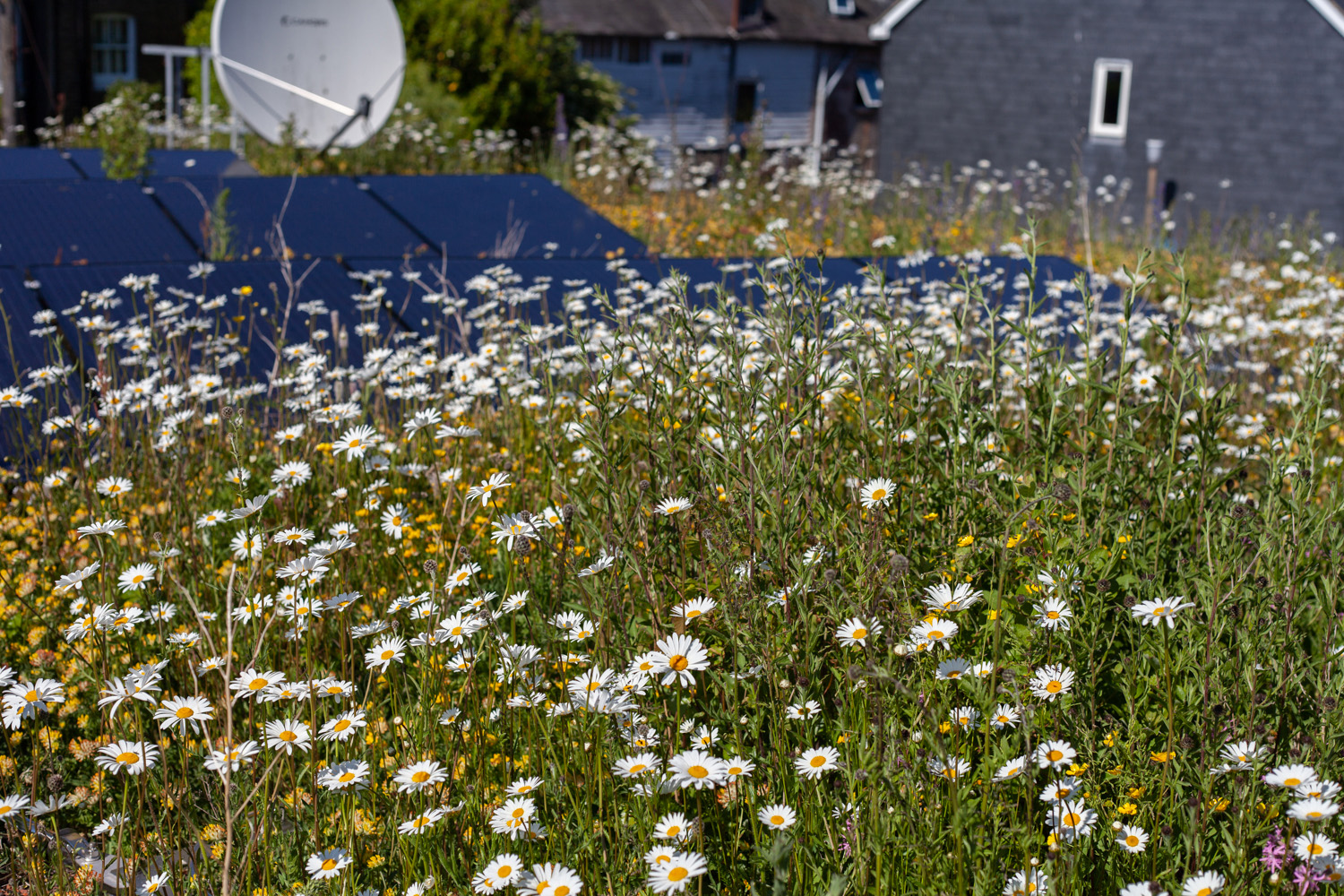
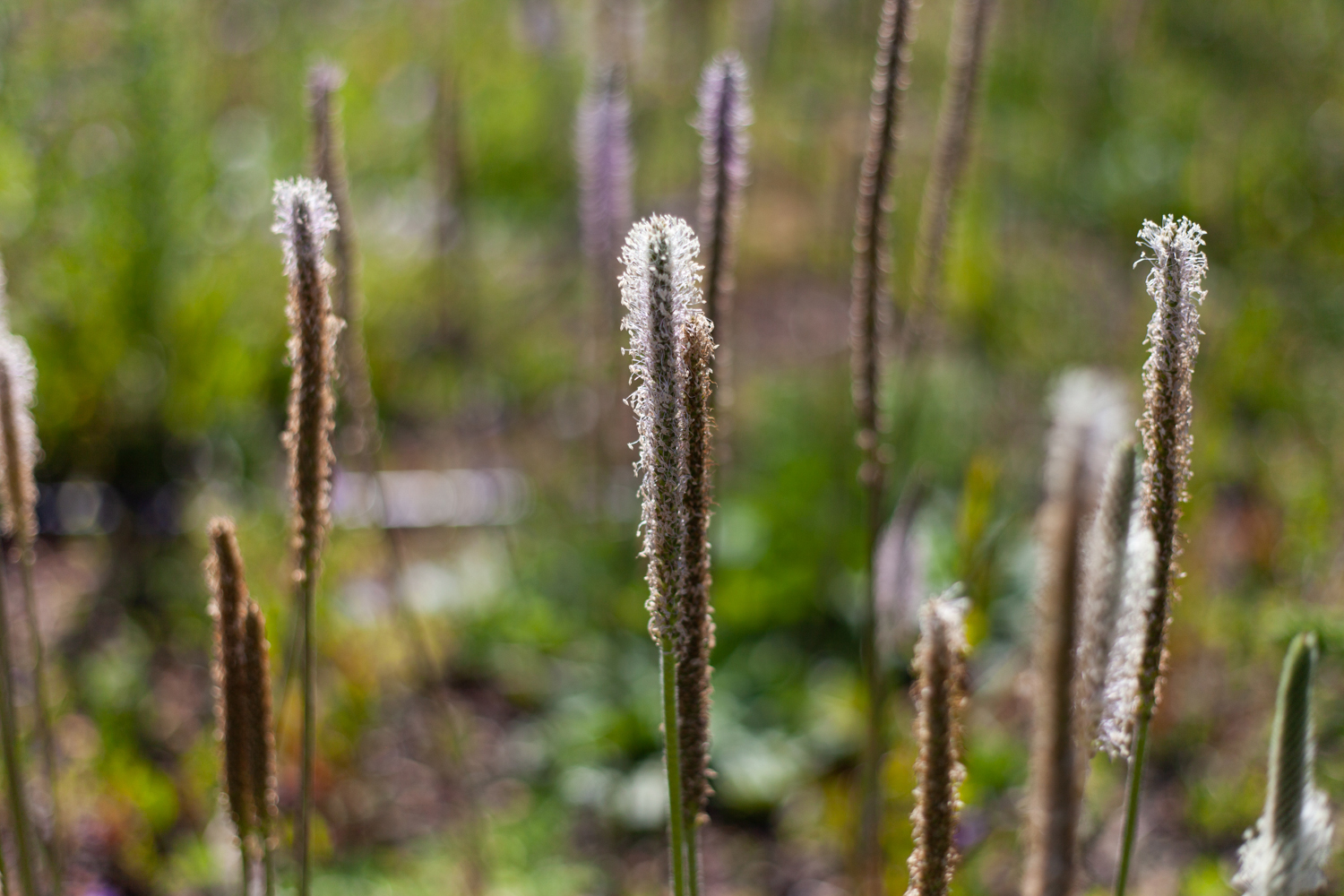
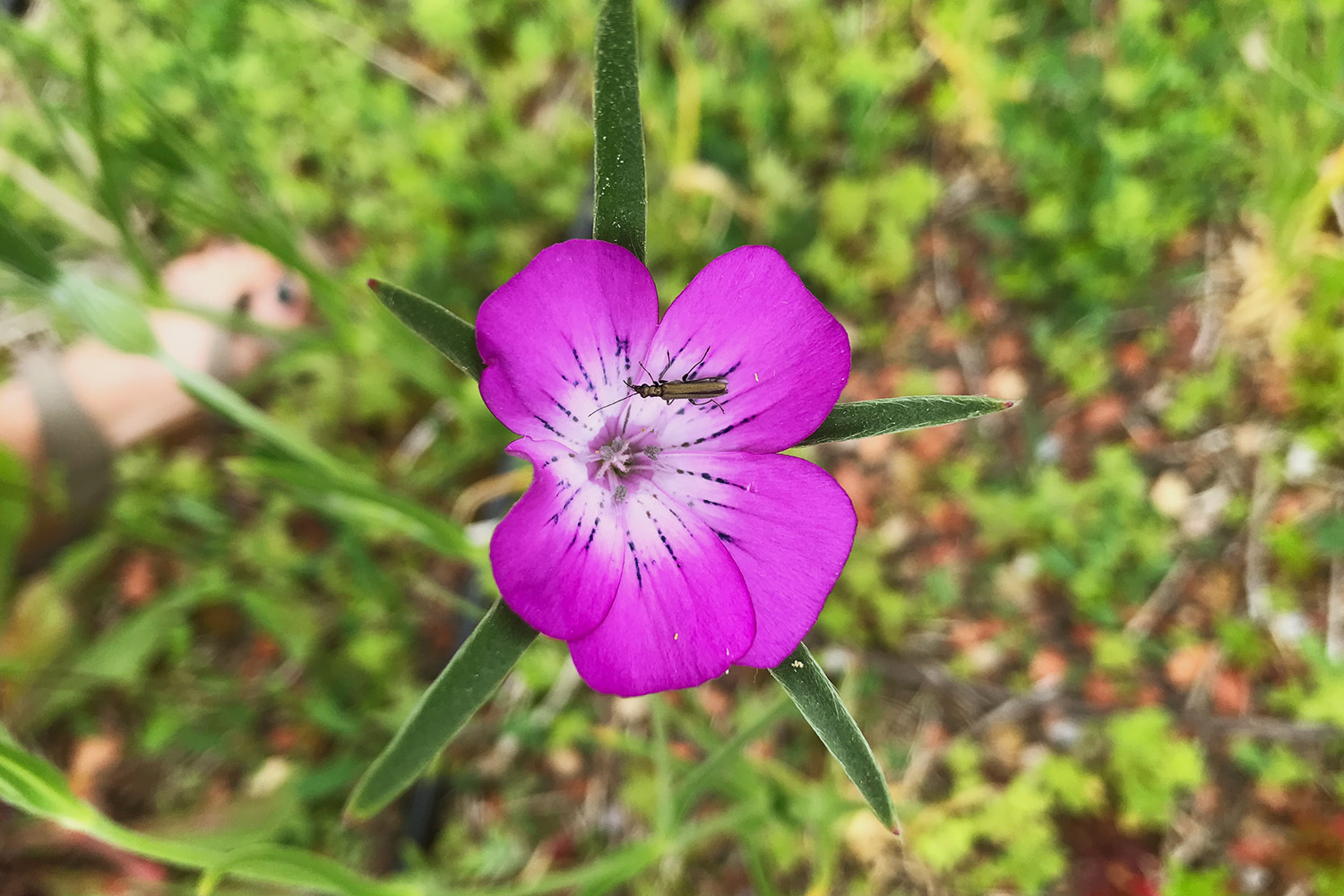
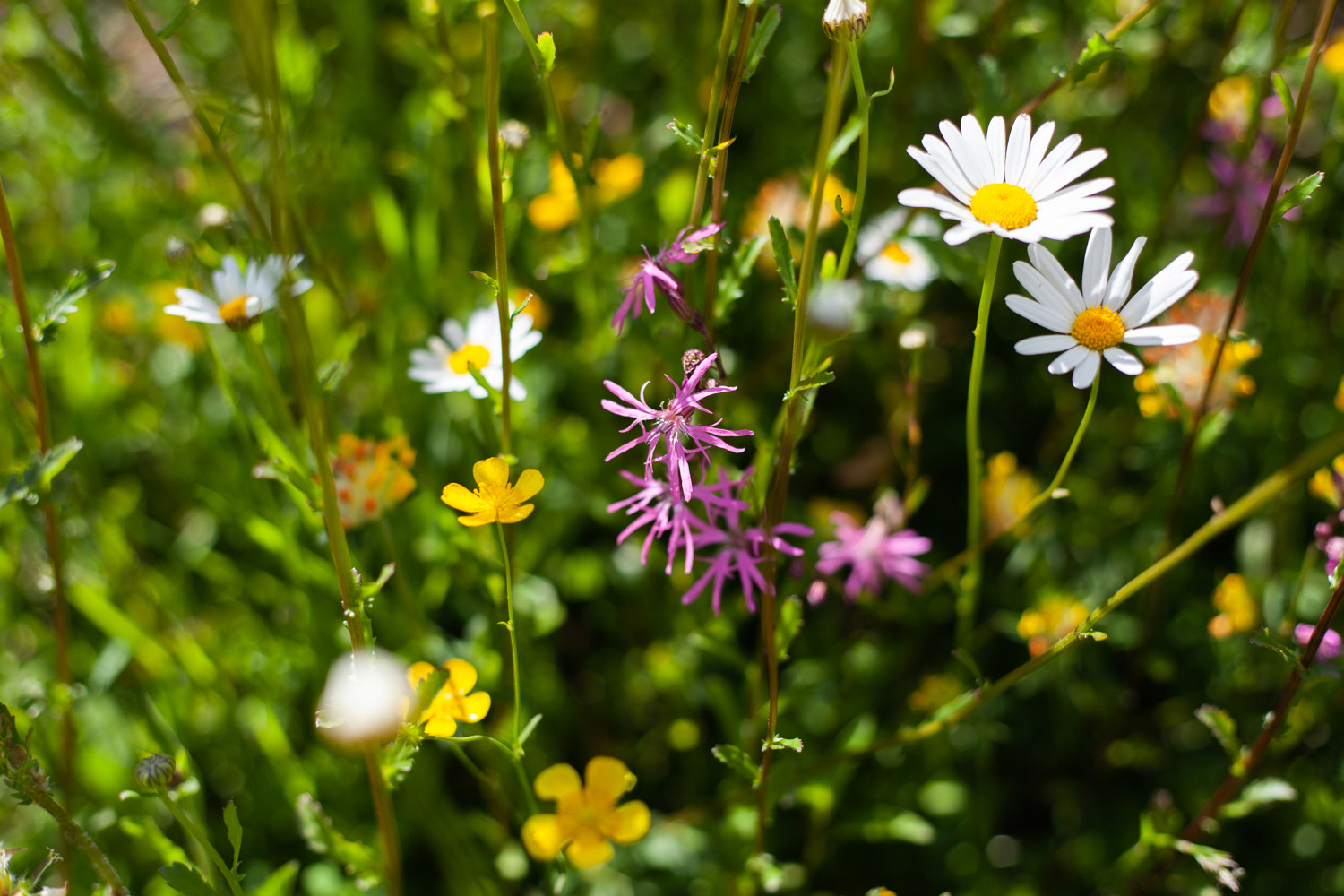
In 2022 we recorded 72 species with 19 new varieties to this year largely due to investment in plug plants from the Wildflower Preservation Society in Stanmer Park.
In addition local expert James Power has conducted our first ever bee surveys. 9 species were spotted including White-tailed/Buff-tailed Bumblebee, Red-tailed Bumblebee, Small Garden Bumblebee, Common Carder-bee, German Wasp, Yellow-legged Mining Bee, Wood-carving Leafcutter Bee, Wool-carder Bee and Patchwork Leafcutter Bee. Whilst it’s unlikely we are supporting a habitat for bees we are providing a 4 star restaurant experience! James has give us advice as to how we might encourage nesting opportunities. Plant species include:
- Kidney Vetch
- Lesser & Greater Knapweed
- Black Medick
- Oxeye Daisy
- Marjoram
- Dandelion
- Daisy
- Yarrow
- Hoary Plantain
- Sheep’s Sorrel
- Wild Basil
- Alfalfa
- Salad Burnet
- Herb Robert
- Vipers Bugloss
- Rosebay-willowherb
- Cowslip
- Birdsfoot Trefoil
- Violet
- Ragged Robin
- Clover
- Wild Carrot
- Sheep’s Sorrel
- Geranium
- Spear Thistle
- Bristly Oxtongue
Plug planted and sown species are all local to the South Downs National Park, and have been chosen to populate our living roof for their connection to the surrounding landscape, reflecting the huge amount of diversity that we experience by being situated in an area of natural beauty.
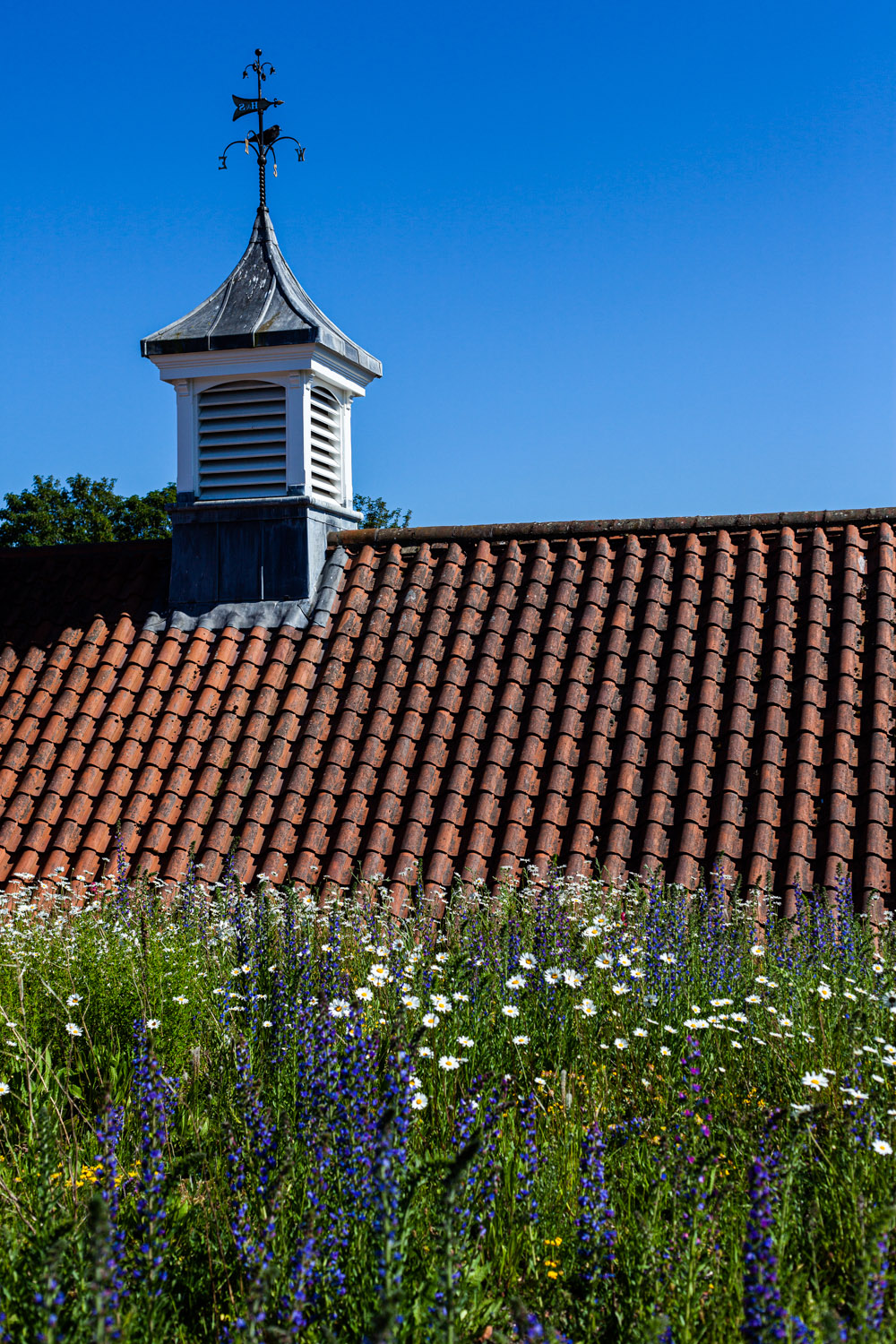
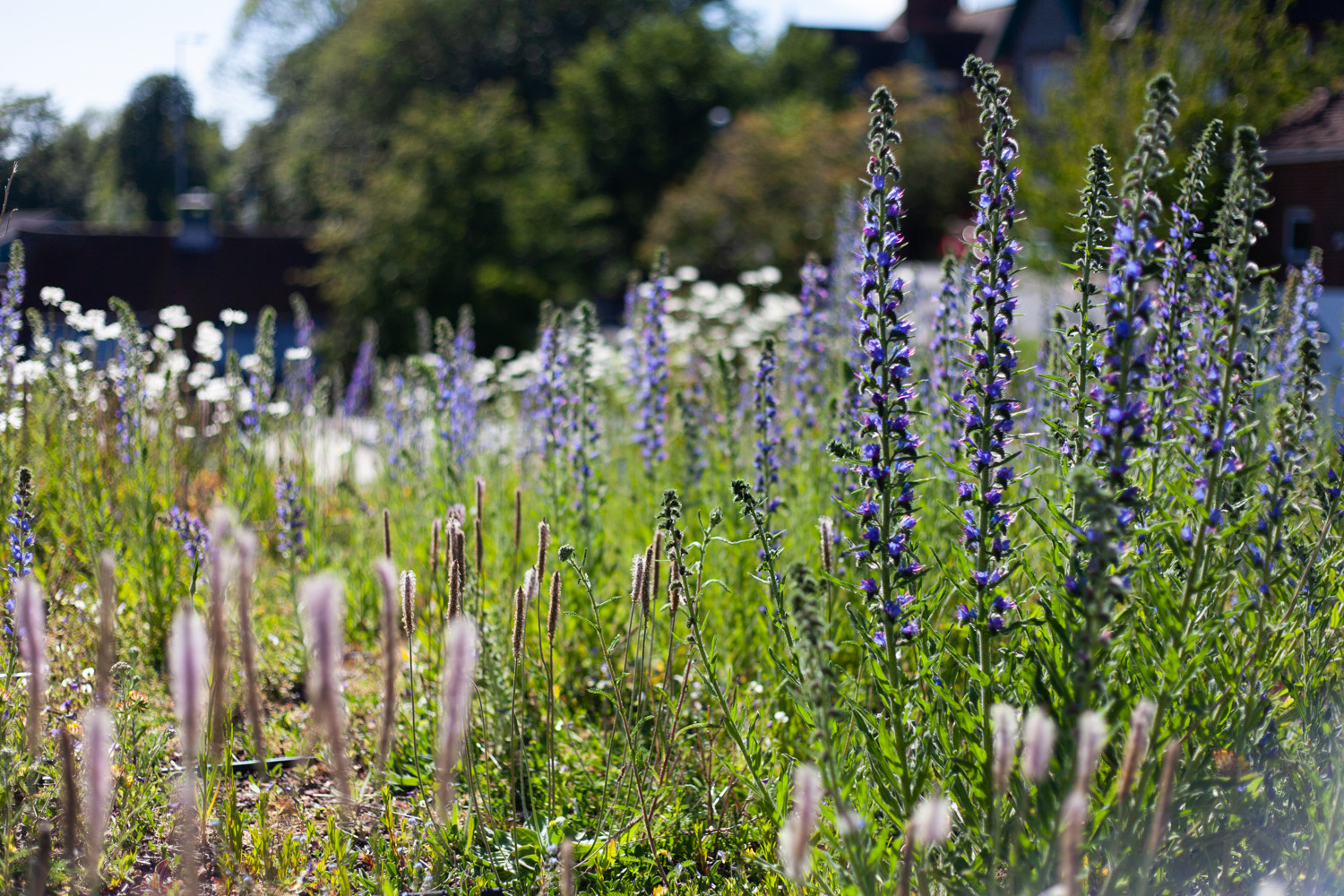
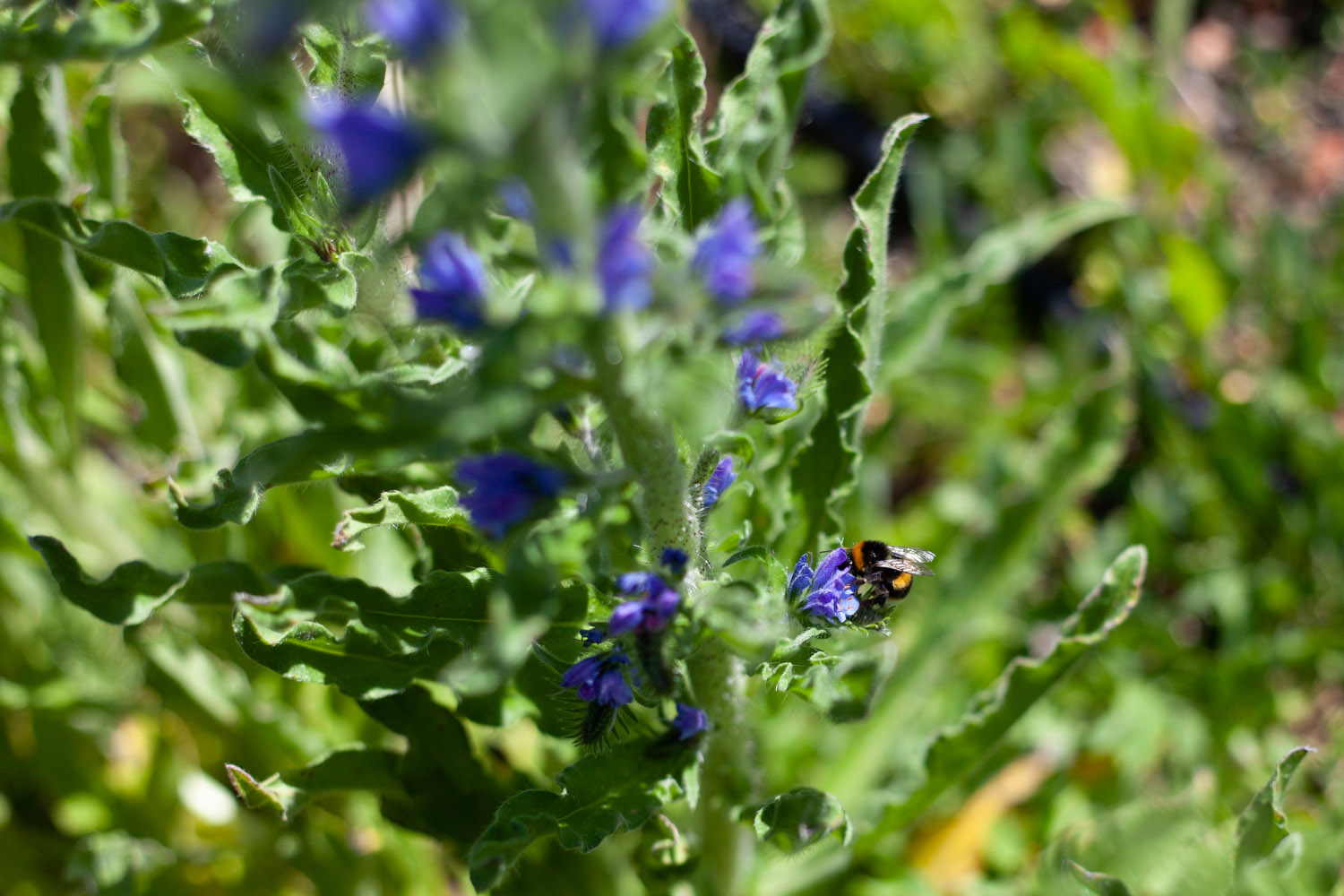

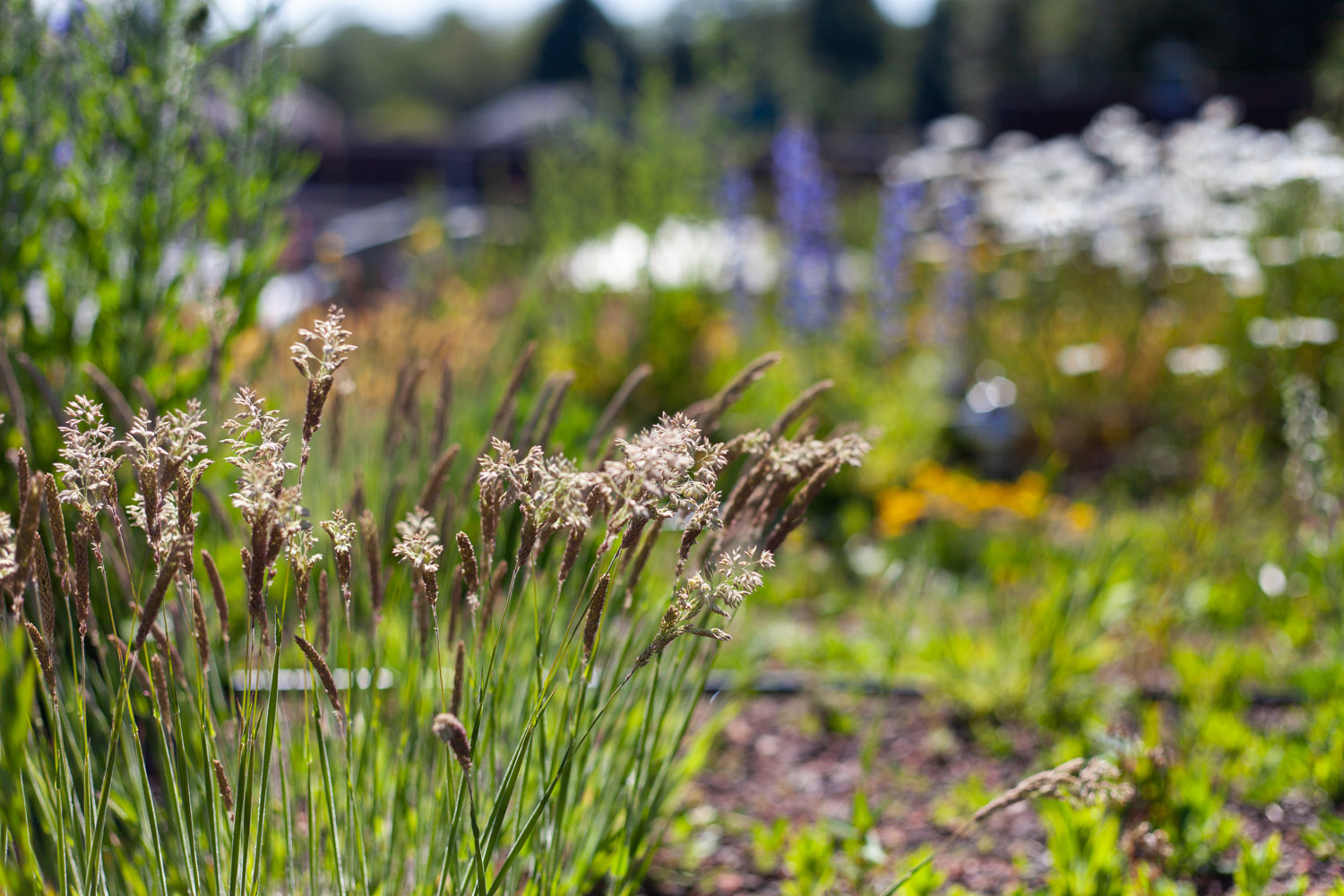
Depot is proud to survey our wildflower plots as part of Wildflower Lewes who are dedicated to cultivating more wildflower patches across the town to create insect “stepping stones” that join up isolated habitat as well as create beauty spots.
Survey results are sent in to the Sussex Recorder, hosted by Sussex Wildlife Trust, who check and load data from very broad sources onto the Sussex biodiversity record. This record is used for many different purposes, including environmental assessments, data for scientific projects and studies on biodiversity or specific species.
Our wildflower plots are featured on the B-Lines mapping system! Created by Buglife, B-Lines is a nationwide pollinator project working to join up our fragmented natural corridors with restored and new wildflower-rich areas bringing a range of benefits to wildlife, people and agriculture.
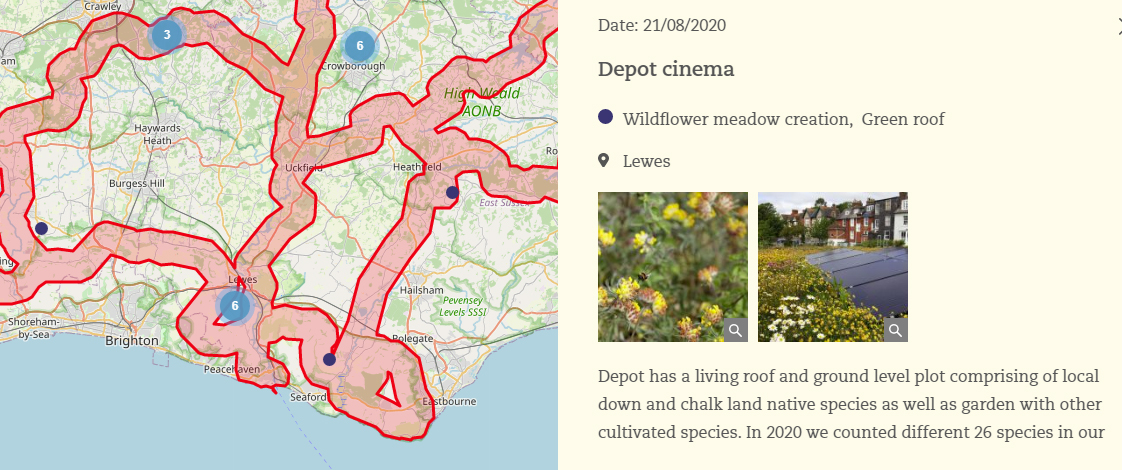
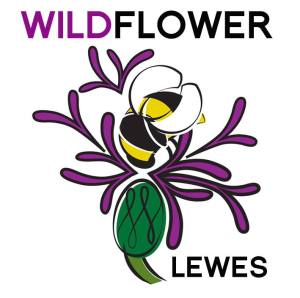
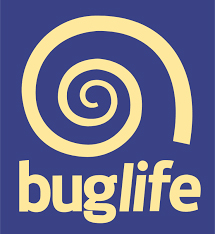
Lewes is lucky to have swift colonies visiting each year and for that reason we installed nesting holes have been built into the brickwork beneath the roofline. There is also a hole for sparrows and two for bats. We are working with guidance from Lewes Swift Supporters to encourage swifts to take up residence during their nesting period during spring and early summer through the use of amplified sound.
